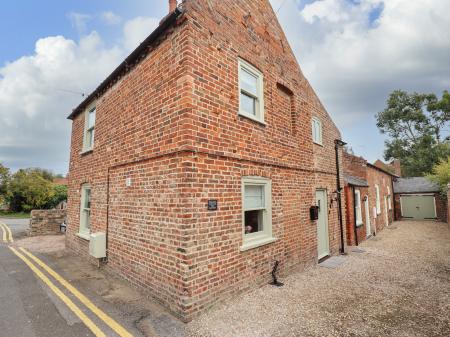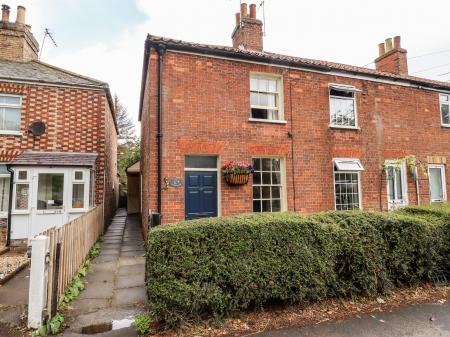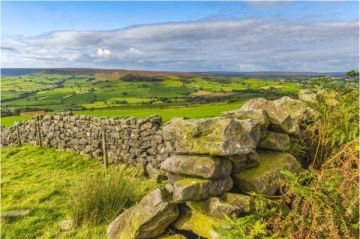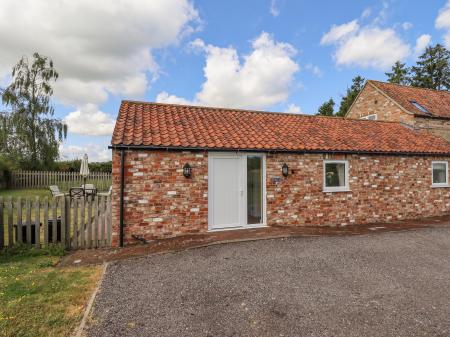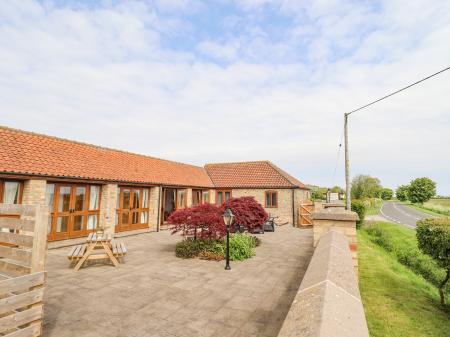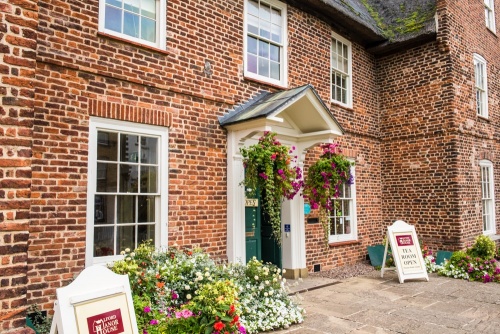
History
Alford Manor is thought to be the largest thatched manor house in the country. The manor was built in 1611 to a traditional H-plan, possibly for Thomas of Tothby. Tothby later sold the house to William Crawley.
In the late 17th century the property passed to Sir Robert Christopher, a Royalist supporter in the Civil War. Christopher made a fortune in real estate, buying up properties from families that had fallen into financial difficulties. That suggests that he may have taken the house in lieu of a debt owed to him by the Crawley family.

When Charles II was restored to the throne in 1660 he rewarded Christopher with a knighthood. Christopher founded almshouses for the local poor, and created an imposing tomb for himself and his wife in the nearby church of St Wilfrid. On his death, he left a large sum of money to support a grammar school in Alford. His granddaughter Lucy married John Manners, the Duke of Rutland, owner of Belvoir Castle.
When Sir Robert died, Alford Manor passed to Lucy, though it appears to have been rented out. The property stayed in the Manners family and passed through several generations, each of whom had to add 'Christopher' to their surname in order to inherit. The Manners finally sold the Manor House in 1915, and it was acquired by the Alford Civic Trust in 1967, who transformed it into a folk museum.
The architecture is not all that it seems; inside is a simple timber structure infilled with reed and plaster, then the entire building is encased in an outer layer of brick, presumably to give it a more fashionable appearance, but also to reinforce the traditional timber and wattle shell. This unusual composite construction technique makes Alford Manor one of the most important historic buildings in Britain.

The lower two floors are given over to the period room recreations, from the Georgian period to the Victorian, while the top floor has been left untouched, and is in its original 1611 state.
One of the most unusual items of interest is a cell door from the house of correction in Spilsby. The door was later moved to the Alford police station in Windmill Lane, and when a new station was built in Park Lane the cell door was moved into the new building. When a yet another new station was erected on West Street the old station became a private dwelling and the cell door was given to the Civic Trust and erected in the cellar at Alford Manor House.
Behind the house are extensive gardens, including an ancient orchard, apothecary's garden, a herb wall, herbaceous borders, and kitchen gardens.
Museum of Rural Life
Behind the manor house is a fascinating Museum of Rural Life, with displays of local history housed in a stone and timber barn. Within the museum are several examples of historic machinery, including a man-powered wheelwright's lathe, a Hornsby threshing drum, and a Massey Harris reaper-binder dating to about 1900 and now restored to full working condition. The coach house stable holds a collection of Lister and Petter stationery engines dating back to the 1930s.
See a carpenter's chest with its full complement of woodworking tools, a covered Victorian hearse, a recreated bootmaker's shop, and a pharmacy display made up of samples from an old chemist's shop. The former cow shed is now a recreated blacksmith shop.

We were fortunate enough to have a guided tour of the museum from one of the enthusiastic team of volunteers. He pointed out so many interesting bits of farm machinery and household implements that made up daily life in a bygone age. It was more than a trip down memory lane; it was a journey into the heart of rural Lincolnshire and its heritage.
One of the newest features of the museum is a recreation of a World War One trench in the garden.
Note that you can get a joint ticket to both the Manor House Museum and the Museum of Rural Life, or you can get an individual ticket to either attraction.











 We've 'tagged' this attraction information to help you find related historic attractions and learn more about major time periods mentioned.
We've 'tagged' this attraction information to help you find related historic attractions and learn more about major time periods mentioned.